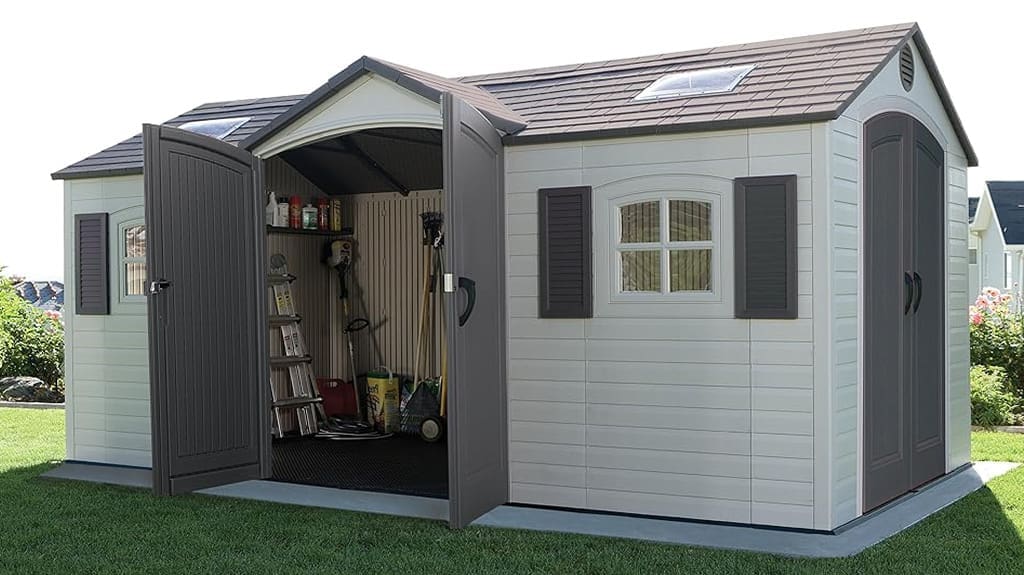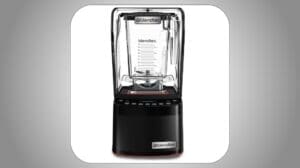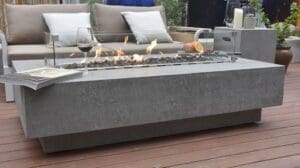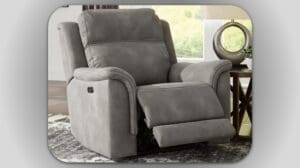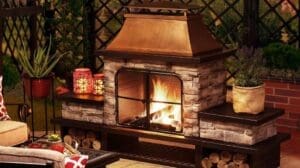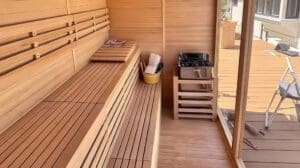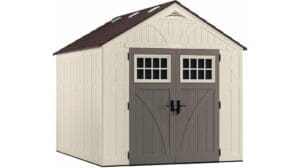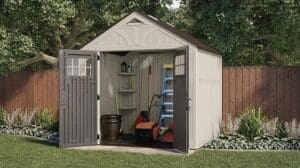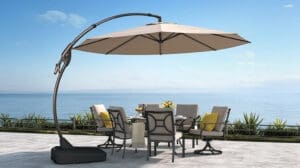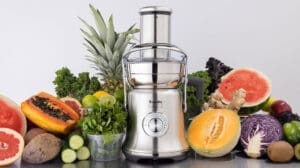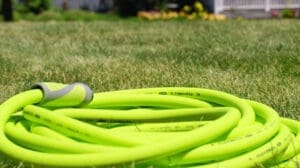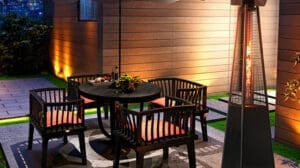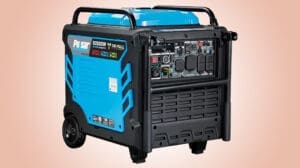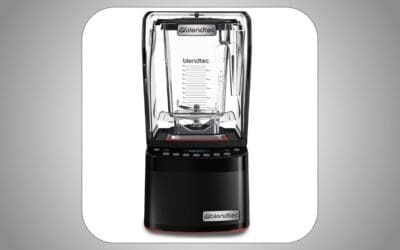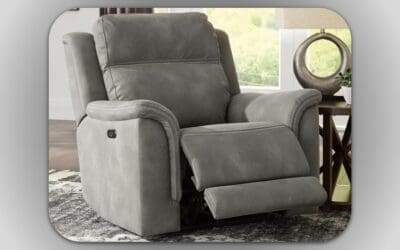Like the fabled tortoise, choosing the right outdoor storage shed isn’t a race, but a thoughtful journey toward practicality and style. You’ve got options that range from durable vinyl to classic wood, each catering to different needs and aesthetics. As you consider size, features, and brands, you might wonder what truly sets one shed apart from another. Unpacking these elements could reveal the perfect solution for your outdoor space, but it’s essential to weigh the pros and cons carefully before making that decision.
Some Key Points
- Consider material durability, choosing between wood for aesthetics, metal for security, or resin for low maintenance.
- Assess size and capacity based on your storage needs, from small (4×6 ft) to large (up to 20×12 ft) options.
- Look for weather-resistant features like UV protection and water-resistance to ensure longevity.
- Evaluate accessibility features such as wide double doors and lockable options for enhanced security.
- Research popular brands like Lifetime, Keter, and DuraMax for reliable and well-reviewed models.
Types of Outdoor Storage Sheds
When you’re considering an outdoor storage shed, it’s essential to understand the different types available, as each serves unique needs and preferences. You can choose from materials like vinyl, wood, metal, and resin, each varying in durability and maintenance requirements. Size options range from small (around 4×6 feet) for basic storage to large (up to 20×12 feet) for more significant equipment. Roof styles, including gable and gambrel, influence water runoff and headroom, enhancing aesthetic appeal. Functionality features, such as windows, shelves, and double doors, improve organization and access. Cost factors also vary widely, with basic models under $200 and larger structures exceeding $5,000, depending on size and additional features.
Key Features to Consider
As you explore options for an outdoor storage shed, it’s vital to focus on key features that will enhance its functionality and longevity. Start with Material Durability; choose from wood, metal, or plastic based on your needs—wood offers aesthetics, metal provides security, and plastic guarantees low maintenance. Next, consider Size and Capacity to meet your storage needs, ranging from small 36 sq. ft. sheds to larger 10×20 ft models. Weather Resistance is essential, so look for UV protection and water-resistant materials. Furthermore, prioritize Accessibility Features like wide double doors for easy access and pad-lockable options for security. Finally, check the Warranty and Assembly, aiming for a solid warranty of 10-15 years and straightforward assembly for convenience.
Pricing and Budgeting Tips
Understanding the costs associated with an outdoor storage shed is key to making an informed decision. Homeowners typically spend between $3,000 and $4,000 on shed projects, factoring in materials and labor. Small sheds can range from $200 to $1,000, while larger options may cost between $2,000 and $15,000, so assess your storage needs before budgeting. Material choices impact pricing considerably, with metal sheds costing $15 to $30 per square foot and wooden ones ranging from $20 to $50. Don’t forget to take into account additional expenses like foundations, permits (up to $2,000), and potential upgrades. Look for discounts during sales to maximize your savings, as even a small reduction can lead to big financial benefits.
Popular Brands and Models
If you’re in the market for an outdoor storage shed, several popular brands stand out for their quality and design. Lifetime offers versatile options like the 10×8 shed, which features dual entry and ample natural light from three windows and six skylights, all priced between $1655.95 and $2099.99. Keter impresses with its Artisan series, particularly the 11-ft x 7-ft shed, known for its modern aesthetics and robust floor. Heartland provides attractive wood storage sheds like the Lancaster series, with dimensions up to 20-ft x 12-ft and gable style roofs. DuraMax vinyl sheds, including the 10×20.5 garage model, are praised for weather resistance and low maintenance. Best Barns offers customizable designs, such as the Woodville 10×16 model, catering to various storage needs.
Maintenance and Care Tips
To keep your outdoor storage shed in top condition, it’s essential to perform regular maintenance and care. Start by inspecting for leaks or damage, and make repairs promptly to maintain structural integrity. Keep the interior organized and free of clutter, so you can easily locate tools and equipment. Regularly clean gutters and downspouts to guarantee proper water runoff, preventing damage to your shed’s foundation and walls. Check wood surfaces periodically, treating them to protect against pests and weathering. Finally, maintain a clean foundation by removing debris and vegetation, which helps prevent moisture buildup and pest infestations. By following these tips, you’ll extend your shed’s lifespan and keep it functional.
Some Final Thoughts
In your quest for the best outdoor storage shed, remember that the right choice can transform your space. Whether you prefer the charm of wood or the sleekness of metal, each option has its perks. By considering key features and popular brands, you’ll find a shed that fits your needs like a glove. With the right care, your shed will stand strong against the elements, becoming a reliable companion for years to come. Happy storing!
Some Questions Answered

Is It Cheaper to Build a Shed or Buy One?
When deciding if it’s cheaper to build a shed or buy one, consider shed materials comparison and your DIY shed plans. While building might seem cost-effective, don’t forget potential shed maintenance tips and the time involved. Pre-made options often include warranties and save labor costs. Explore portable shed options for flexibility and look into shed insulation ideas for energy efficiency. Remember to check shed zoning regulations to avoid unexpected expenses.
Who Makes the Best Sheds?
Imagine a kingdom of sheds, each crafted from unique materials, like wood, metal, or resin. When you’re seeking the best, consider the designs that complement your space, the sizes that fit your needs, and the accessories that enhance organization and security. Maintenance matters too; some require little care, while others may need more attention. Don’t forget ventilation and insulation for comfort. In this kingdom, it’s about finding the perfect fit for your domain.
Can You Build a Shed for $1000?
Yes, you can build a shed for $1000 by choosing cost-effective designs and materials like plastic or metal. For your DIY project, consider pre-cut shed kits that simplify construction. Don’t forget to factor in shed foundations and building permits, as these can influence your budget. Prioritize garden organization and storage solutions for small tools, and weigh wooden versus metal options to enhance outdoor aesthetics while staying within your financial limits.
What Is the Average Cost to Build a 10X12 Shed?
The average cost to build a 10×12 shed ranges from $1,200 to $3,000, influenced by shed materials and design. If you choose a DIY shed, you could save 30-50% on labor costs. Don’t forget to factor in construction permits and local regulations, which can add to your expenses. Moreover, consider shed foundation and insulation for long-term shed maintenance. A well-planned shed can enhance your backyard organization and storage solutions greatly.
